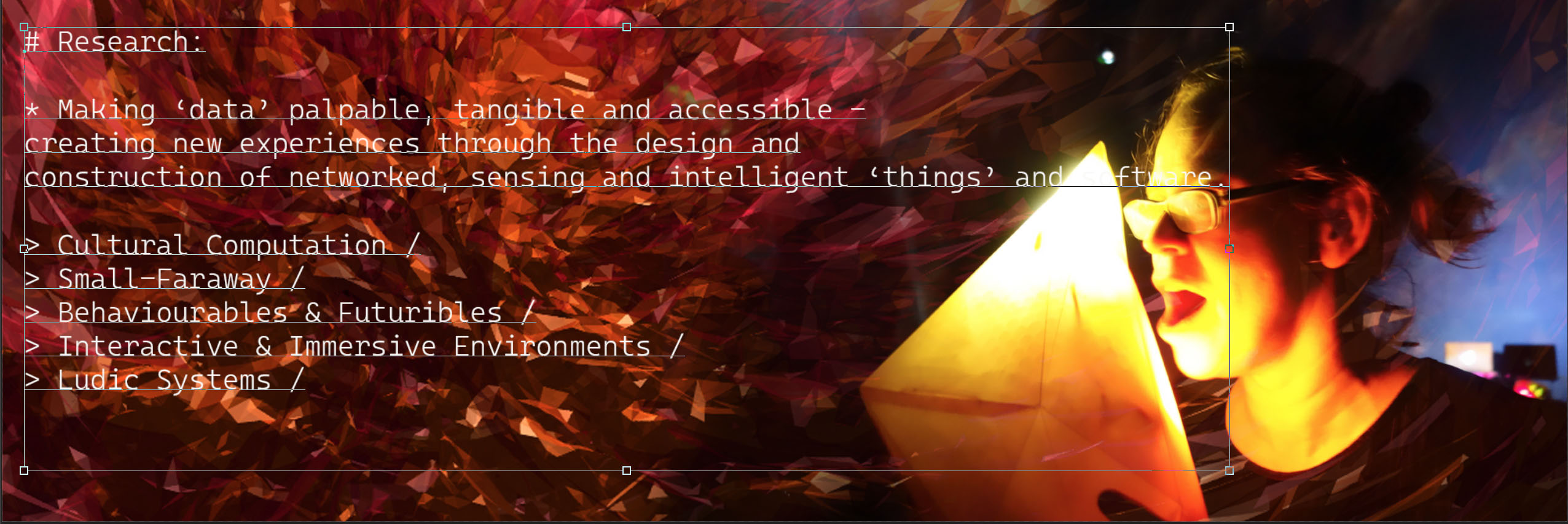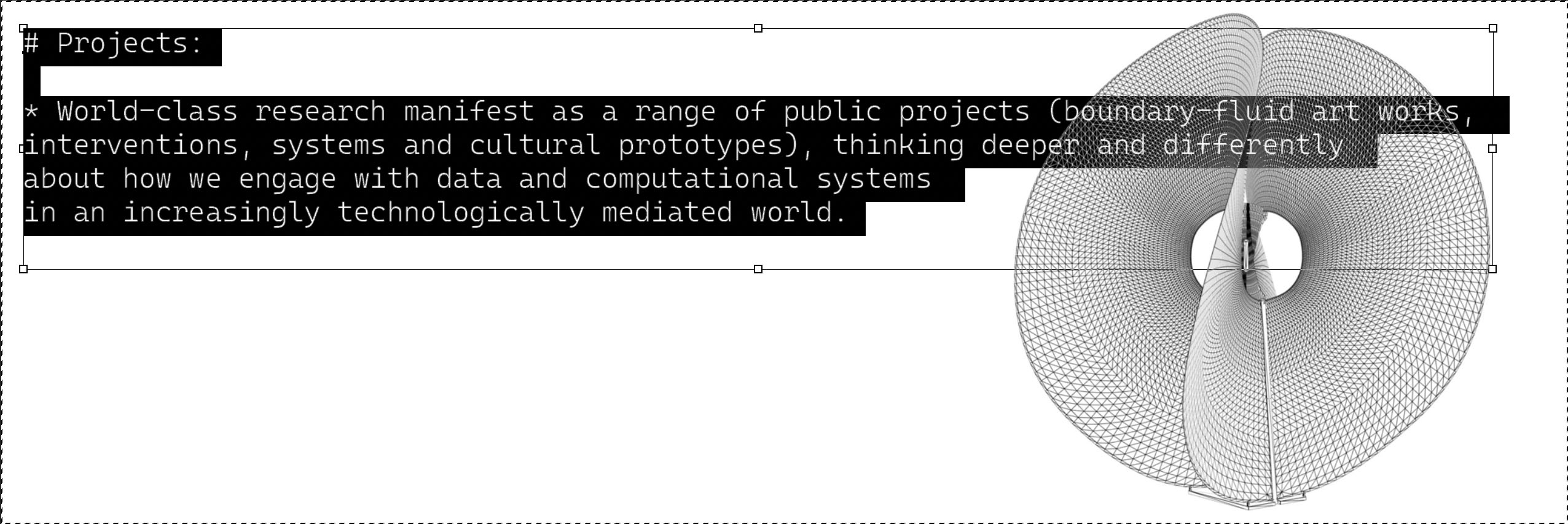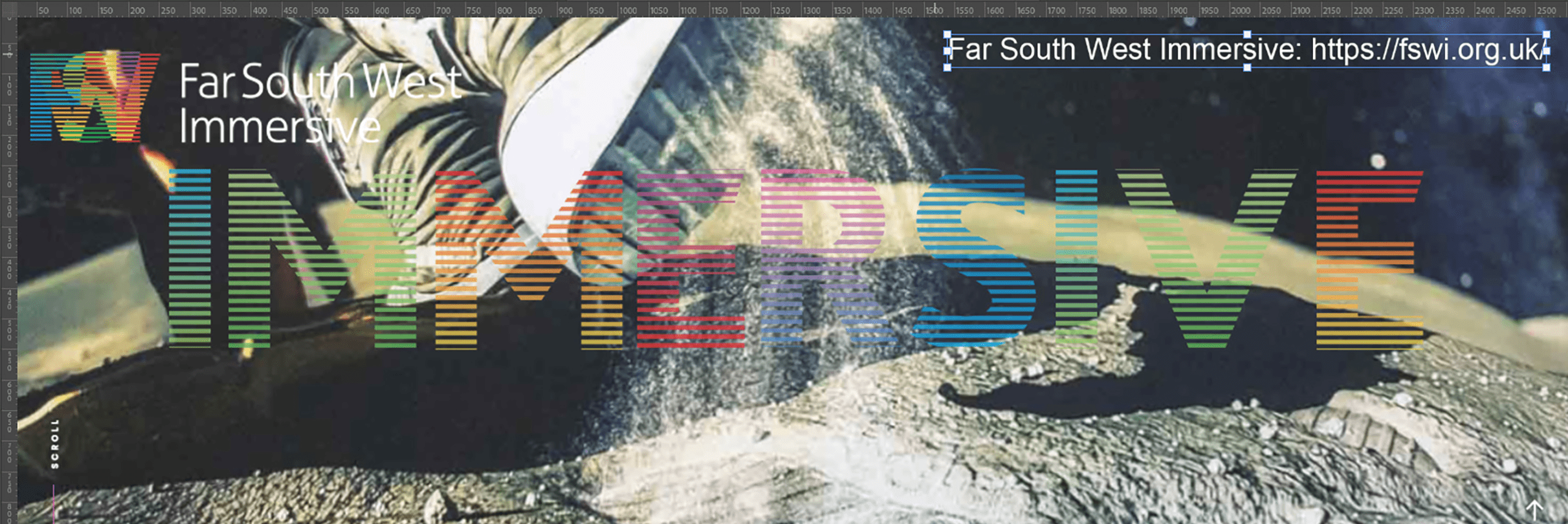Issue #1: Volume 7, 2020 Published.
https://www.ubiquityjournal.net/

Issue #1: Volume 7, 2020
ingentaconnect download
Articles:
3–16: Architectural paradox in the smart home – ALEXANDER ĆETKOVIĆ
Abstract
Bernard Tschumi pointed out that architecture redefines itself continuously out of the conflict between it being a product of abstract design and the condition that architecture is experienced sensually – conditions that are interdependent and, at the same time, mutually exclusive. How does this relationship change when a further layer is introduced, the user roles determined by the digitized home? For the users, the conceived roles (design and digital) stand in competition and sometimes even in conflict with the habitual roles experienced by their bodies in the physical environment. The awareness of the juxtaposition of the different roles can lead to interesting new possibilities in the user-architecture relationship. On the other hand, disguising or even hiding the differences can not only frustrate users but also further undermine their trust in a technology that tries to impose such roles or, in the users’ eyes, even tries to abuse them.
E-mail: acetkovic@acm.org
17–23: Eco art: Art is life and life is embedded in nature – NINA CZEGLEDY
Abstract
Nature may be considered as the world of living organisms and their environment; in a larger sense, the shape of nature can also be understood to include particular extents of space and time. The visual perspectives of nature form a particular course that begins with the earliest historical depictions and might be currently expressed by a variety of cross-disciplinary contributions. The diverse perspectives form eclectic threads that today are frequently manifested within the eco-activist art movement. Several of the contemporary ecological art projects are grounded in explicit experiences and connections to specific spaces relevant to where the work is created. The local or international ecological labs, experimental urban gardens, projects on the migration of plants and the creation of new species included here are all new models contributing to a speculative future culture.
E-mail: czegledy@interlog.com
25–36: Between Us: Desire, touch and seduction as immaterial agents in augmented sonic artworks – JANE GRANT
Abstract
New media has expanded our experiences of art forms from the retinal to the immersive and embodied. This evolution offers novel experiences as we push the boundaries of these emerging technologies. Recently, I have been working with augmented reality headsets. These headsets sometimes separate us from the physical and the sensory, substituting the world of matter for the virtual. My research questions whether the exchange of the sensory for the digital provides an opportunity to redesign experiences that act upon the body? Developing sound design to create the illusion of touching, could our skin become a site where artworks are experienced?
E-mail: J.Grant-1@plymouth.ac.uk
37–46: Weaving quantum chaos – PAUL THOMAS
Abstract
No matter how hard we strive to be certain, absolute certainty cannot be achieved. The article focuses on chaos to identify, conceptualize and visualize a liminal space between the classical and quantum world, where everything is in some state of chaos. The article asks questions of visualizing the invisible, indiscernible and unfathomable quantum world of subatomic particles. This quantum artistic research examines a role of atomic and subatomic particles in the search for consciousness, materially, ethically, scientifically and culturally. The burden of molecular ethics and aesthetics of care are discussed to enable a critique of the information given to us by science.
E-mail: p.thomas@unsw.edu.au
Archaeology
Abstract
This ultimate Archaeology celebrates the legacy of Leonardo, an idea that became a Journal that developed into a global transdisciplinary community. The author reflects on the last half century of innovation in the practice of art and science that has galvanized generations of creative practitioners entangled in the turbulence of transdisciplinary thinking. In tracking the emergence of this mind space, this Archaeology projects to the future where Leonardo has a vital role to play in engaging and shaping new world perspectives.
E-mail: christiana.kazakou@plymouth.ac.uk
Web address: www.i-dat.org/christiana-kazakou/
Lab report:
Balance-Unbalance. Ecology and citizenship – RICARDO DAL FARRA
Abstract
It can be difficult to acknowledge our own fragility. The equilibrium between a healthy environment, the energy our society needs to maintain or improve its usual lifestyle, and the world’s interconnected economies can pass more quickly than expected from a delicate balance to an entirely new reality where human beings would need to be more creative than ever before to survive. The frequency and severity that certain weather and climate-related events are having around us are increasing, and the ability of human beings to modify our adjacent surroundings has turned into a power capable of altering the planet. Do the media arts have a role in all this?
E-mail: ricardo.dalfarra@concordia.ca
Aleph
A little synthetic autopoetic GPT-2 (OpenAI 2019) summary of Ubiquity, the Journal of Pervasive Media, volumes 1–7, might look something like this…






You must be logged in to post a comment.